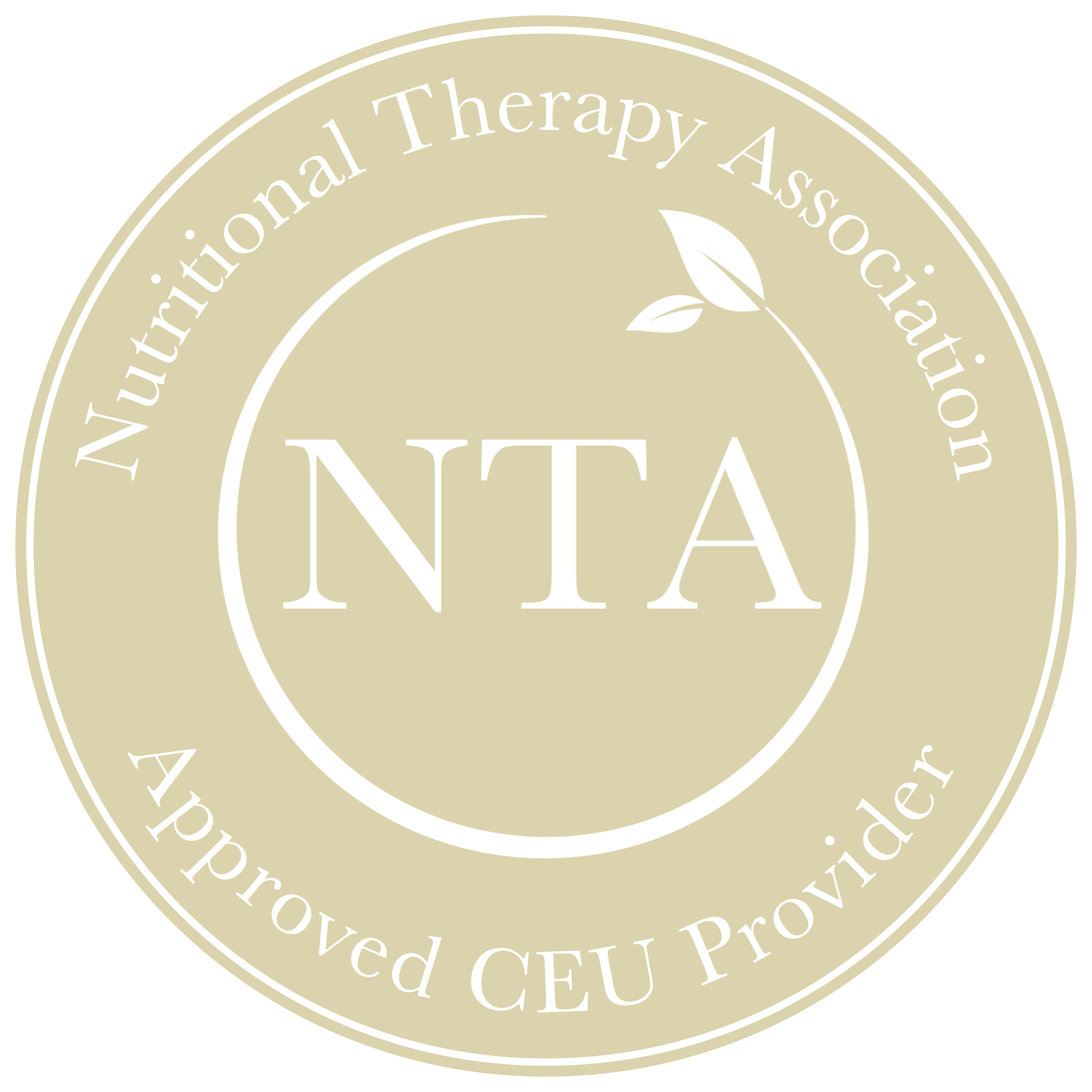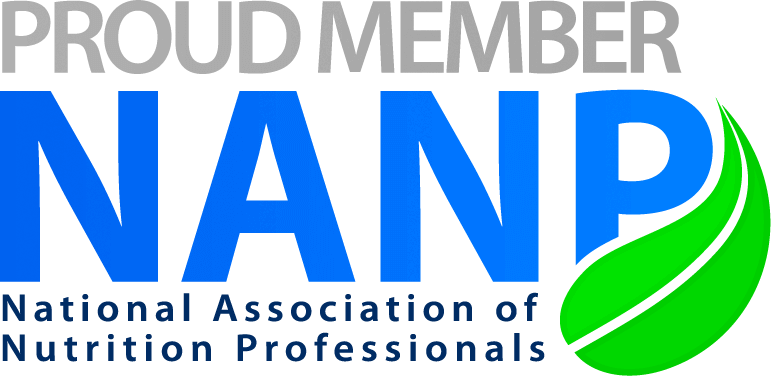Like so many things in the world of natural health, food sensitivities are hotly debated. For some practitioners, they’re a primary focal point – a key source of systemic inflammation that will exacerbate any other health issue; for others, they simply don’t exist.
So what’s the deal?
Working with food sensitivities was my first foray into manipulating diet for health. I had struggled with chronic eczema for years and nothing was working. My doctor just increased the dosage of steroid creams prescribed, but the relief was minimal and always temporary. A good friend suggested I explore natural solutions, which led me into the office of a practitioner who used food sensitivity testing alongside other healing modalities to guide her dietary recommendations. Within weeks on her protocol, my eczema had healed and has never returned since (it has now been over 20 years!). It was a profound experience and one that ultimately inspired my decision to pursue natural health as a career.
But years later, as a practitioner, I was frustrated at the tools I had available for identifying and healing food sensitivities. Food sensitivity testing is notoriously unreliable and complex, and helping the body heal from sensitivities without developing new ones is a very delicate matter. If the trigger foods are simply eliminated without addressing gut healing alongside their removal, a whole new crop of sensitivities can appear, and the list of foods to eliminate expands. That’s no way to live, and yet we see this all the time with clients.
Let’s start at the beginning so we’re all on the same page:
What are food sensitivities?
Food sensitivities are different from allergies, and different again from food intolerances, even though these terms are often used interchangeably. There are actually three types of adverse reaction a body can have to food:
- A food allergy
- A food sensitivity
- A food intolerance
A food allergy is a very specific type of immune-mediated response to a particular food. It is known as a Type 1 hypersensitivity, or an IgE-mediated hypersensitivity. Essentially, the individual’s immune system reacts adversely to the proteins in a food via a specific antibody pathway. This immune system activation results in the classic “allergy” symptoms: from the minor runny eyes, stuffy nose, and hives, all the way to a full anaphylaxis response that can be life-threatening.
Typically, these are the classic allergies – peanut, shellfish, and so on. It’s unusual for someone to have a true food allergy and not know it. Most of these are identified by exposure followed by an extreme response, then subsequently diagnosed by a medical doctor.
Food sensitivities, on the other hand, come in many different shades of gray. There are multiple mechanisms for a response: some originate in the immune system (what we call an “immune-mediated” response), some happen directly in the cell without direct involvement of the immune system (what we call a “cell-mediated” response). Regardless of the route, the end result is the release of mediators – histamines, cytokines, and prostaglandins – that cause inflammation. And this inflammation can seriously affect many different parts of the body.
The identification of food sensitivities is complex because of the various mechanisms causing the reaction. Furthermore, an inflammatory response to a food might occur immediately, or it can happen up to three days later! And of course, there are degrees of inflammation: a food can be highly inflammatory or mildly inflammatory, and a combination of mildly inflammatory foods can cause a bigger response. This makes it extremely difficult to identify your reactive foods.
A food intolerance isn’t an inflammatory response to a particular food; it relates to our ability to digest it. The most common example of this is lactose intolerance. Our bodies require the enzyme lactase to break down the primary milk sugar, lactose. As infants and through puberty we produce lactase naturally (breast milk contains lactose) but as we age, some people’s production of lactase drops off. These people are what we call “lactose intolerant” because they don’t have the enzymatic ability to break down lactose properly. It’s not an allergy, (although dairy allergies, of course, do exist – they’re produced by a different mechanism), and it’s not a sensitivity, (although, again, some people do have sensitivities to dairy), it’s an intolerance.
For the sake of today’s discussion, let’s focus on food sensitivities.
As practitioners looking to customize a client’s diet, how do we best determine what foods, if any, are causing adverse reactions?
Unfortunately, testing for food sensitivities isn’t black and white. This is one of the reasons it is so controversial. There are many different testing options, and not all are created equal, due to a number of complicating factors:
For one, as I explained above, there are many different mechanisms for driving an adverse response to food: some immune-mediated, some cell-mediated. Most testing processes look at one or two specific mechanisms, which means they aren’t comprehensive.
Also, the question of whether one is sensitive to a particular food may not have a yes/no answer. You can be mildly sensitive to one food, and more severely sensitive to another food. These reactions occur on a spectrum, creating many different shades of gray.
To further complicate things, for certain types of food sensitivities, it can take up to 3 days for an adverse reaction to manifest as a symptom in the body. That’s a very long time! This makes it extremely challenging to correlate reactions to foods without formal testing. Our basic tools like food journals can be insightful, but won’t help identify exact patterns because there are so many possibilities.
Lastly, food sensitivities compound on each other. An individual can have mild reactions to several foods that they eat in the same meal, and thus provoke a more profound reaction than if they were to eat these foods in isolation. Since we don’t typically eat just one food at a time, this is a major complicating factor.
Crazy making? Pretty much.
So let’s look at the different methods of testing for food sensitivities:
1) Elimination diet
An elimination diet is the temporary elimination of potentially offending foods for a period of time to clear them from the system (usually 10-14 days minimum). These foods are then slowly reintroduced on a specific schedule to gauge reactions. It can be a really good starting point, but it’s not conclusive. The key challenge is the definition of “potentially offending foods.” Most elimination diets eliminate the most common culprits: gluten, dairy, soy, and/or eggs. But what if your client is sensitive to avocado? Or lettuce? Or tomatoes? Or any other food or chemical for that matter? This happens all the time. It’s impractical if not impossible to eliminate everything from your client’s diet and an elimination diet doesn’t solve the issues of combined foods and degrees of sensitivity.
2) Coca’s pulse test
This is another DIY approach. It can help your client tune into their body for an overt physiological response: a speeding pulse in response to the consumption of a given food. But not all sensitivities drive up the pulse and it doesn’t address the issue of combinations of foods that may be mild sensitivities. This is another good starting point, but not entirely conclusive.
3) Mechanism-specific tests
As I explained above, there are many different mechanisms in your body for initiating an adverse reaction to a specific food. Some are immune-mediated, some are cell-mediated. A mechanism-specific test looks for a specific mechanism to be triggered by the ingestion of a food: usually IgA, IgG, or IgM antibody responses.
The challenge with these tests are twofold:
For one, an increase in the level of antibodies does not necessarily correlate to an increase in inflammation in the body. What we care about clinically is inflammation – that is the driver of symptoms. Some labs have accounted for this and in addition to looking also measuring elevations in other immune factors that point to inflammation. But even with that additional information, there’s another challenge:
What about the mechanisms they are not testing for? When these mechanisms are missed completely, it can result in false negatives. Unfortunately, when it comes to addressing complex food sensitivities, these tests don’t give us the full picture.
4) Mediator-measuring tests
Mediator testing takes the “middle man” out of the picture. Instead of measuring the mechanism for initiating an adverse reaction to a food, it evaluates the end result, which is the release of inflammatory mediators such as histamines, cytokines, and prostaglandins.
Mediator-release testing is not flawless (unfortunately, no test is!) It’s not 100% accurate, which of course would be ideal but doesn’t exist at this point. Further, it won’t identify IgE food allergies (type 1 hypersensitivities), because that inflammatory response doesn’t occur in the blood. But most people know if they have food allergies – what’s more complex and difficult to pinpoint are the inflammatory food sensitivities, the type 3 and 4 hypersensitivities that don’t involve an IgE immune reaction.
The most important consideration of all when it comes to food sensitivity testing:
What is most important when it comes to identifying and healing the body is not simply the food sensitivity test itself. It’s the global approach to healing the digestive tract — and thereby addressing the root cause of what allowed those sensitivities to develop in the first place. This is where the magic happens: specific gut healing used in concert with food sensitivity testing.
If learning more about how to help your clients significantly reduce their inflammatory burden is of interest to you, then join us for the next Level 1 Mastering the Art and Science of Gastrointestinal Healing where we do a deep dive into digestive healing, food sensitivity testing, and how to get the absolute best clinical results possible with these powerful tests. Class starts April 6th, and there’s a seat with your name on it. Learn more here.







